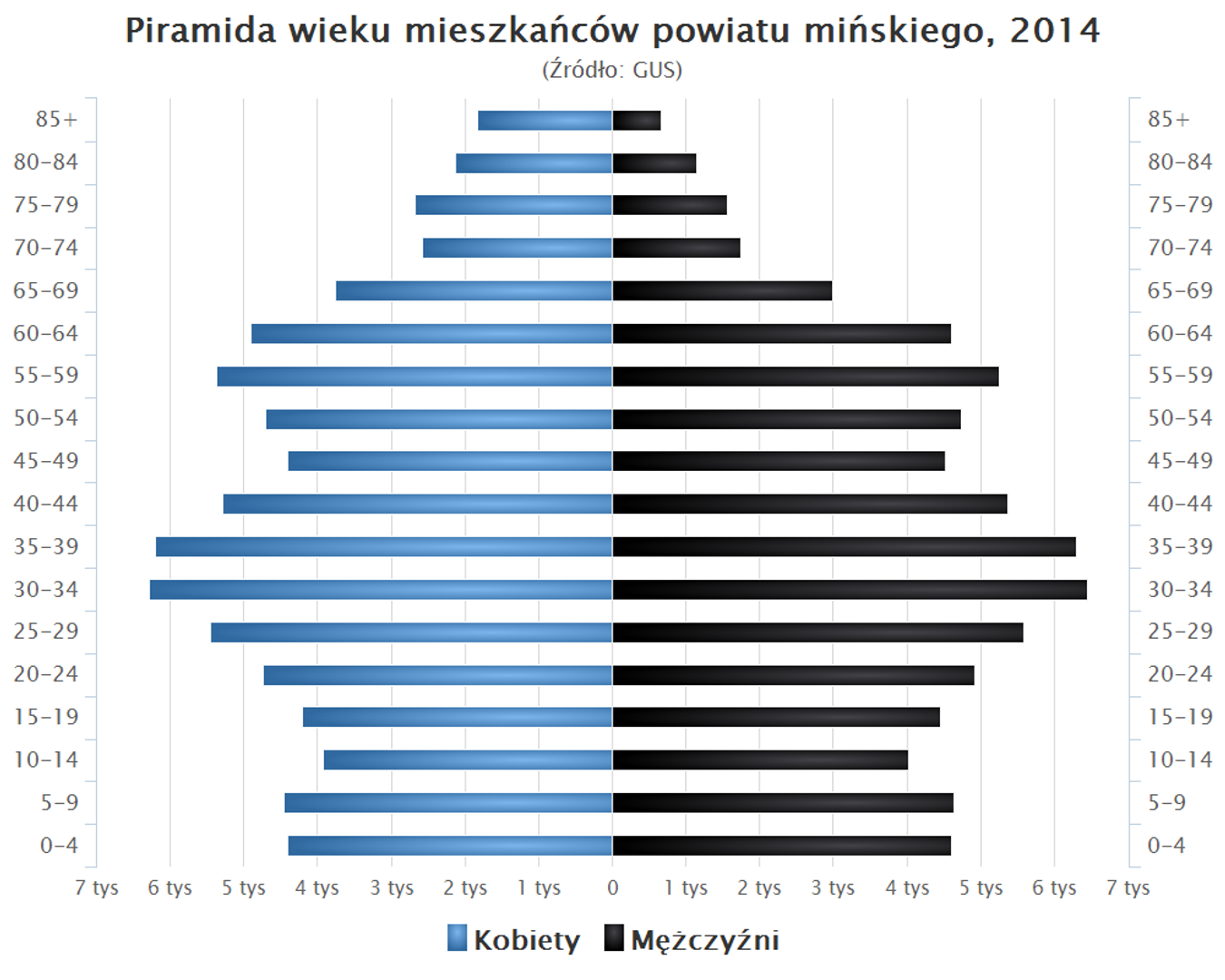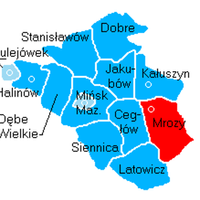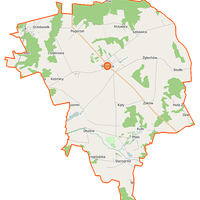Mińsk County
8.34

Overview
Mińsk County, located in the Masovian Voivodeship, was reestablished in 1999 as a result of the administrative reform. Its seat is Mińsk Mazowiecki, a town with a rich history dating back to 1421, when it was granted town rights. The county is moderately urbanized, with 46% of its population living in cities, which is below the national average. Within its borders, there are historical and smaller towns, such as Cegłów, which regained its town rights in 2022, and Latowicz, Siennica, and Dobre, which are set to become towns again by 2024. Mińsk County borders Warsaw and five other counties, covering an area of 116,435 hectares, a significant portion of which is occupied by agricultural land and forests. The county is home to over 154,000 people, and its demographics have changed over the past two decades. The history of the county is closely tied to Poland's turbulent events, including the partitions and subsequent administrative reforms, which significantly impacted its territory and population. The region is home to numerous nature reserves and protected areas, reflecting its rich biosphere. Road traffic is facilitated by a network of national roads and railway lines, ensuring connectivity with Warsaw and other regions. The county also has local infrastructure, such as water supply networks and treatment plants, and land use is dominated by agricultural and forest areas, shaping its economic and landscape character. Architecturally, buildings from various eras stand out, and local cultural traditions are preserved by social organizations, making Mińsk County a diverse and dynamically developing area that blends history with modernity.
Location
State
Masovian Voivodeship
Country
You can also find here:

Frost
7.51
Deanery of Grębków

Minsk Mazowiecki
7.28
Deanery of Mińsk Mazowiecki – St. Anthony of Padua

Minsk Mazowiecki
7.19
Otwock Deanery

Siennica
6.96
Deanery of Mińsk Mazowiecki – St. Anthony of Padua

Józef Piłsudski Museum in Sulejówek
6.95
Sulejówek

Good
6.89

Horse-drawn tram in Mrozy
6.86
Siennica Deanery

Latowicz
6.84
Siennica Deanery

The Parish of the Assumption of the Blessed Virgin Mary in Kałuszyn
6.82
Siennica Deanery

Okuniew
6.81
2025 Wizytor | All Rights Reserved